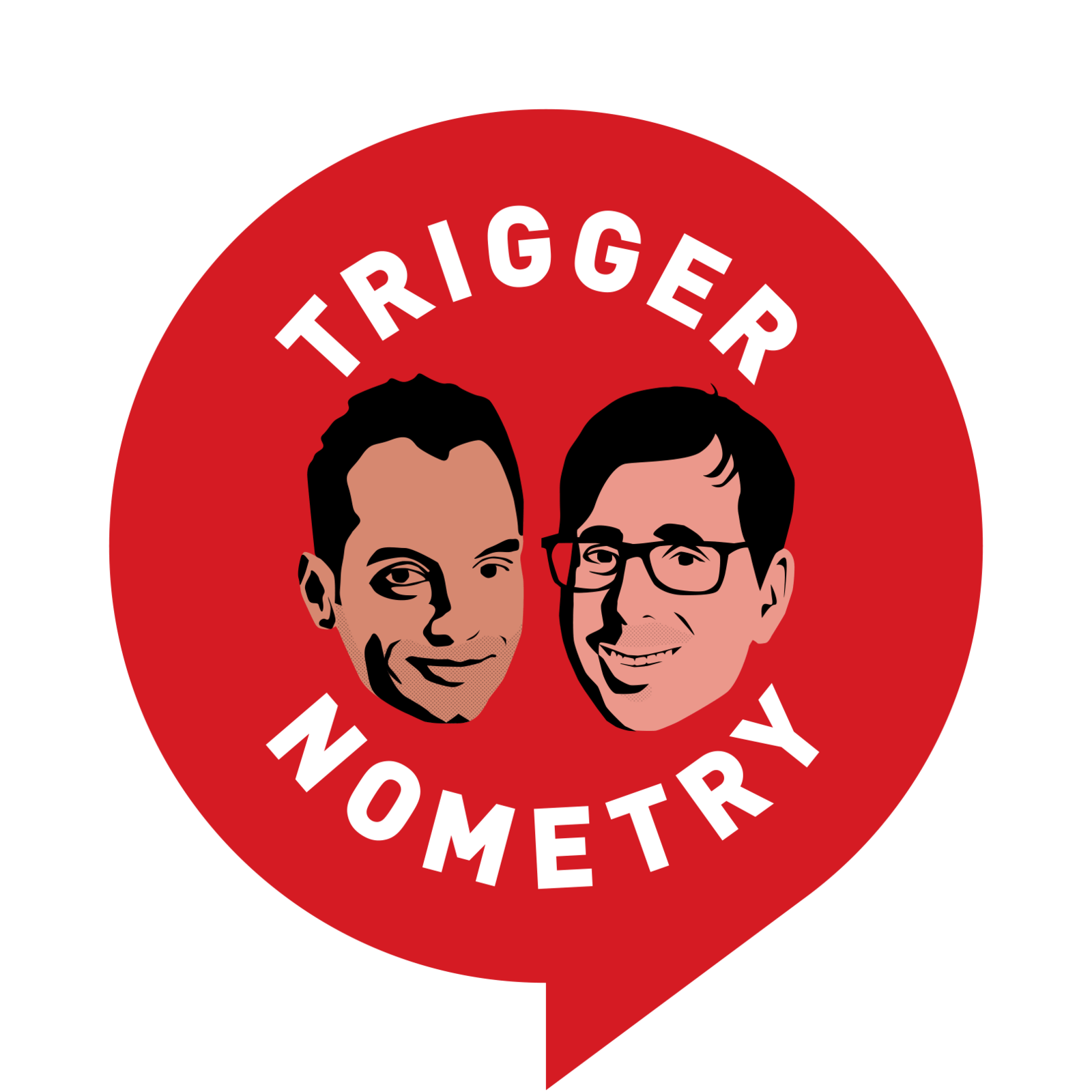PortalsOS
Related Posts
Vote to see vote counts

Environmental factors beyond genetics, such as hormones in the womb, may influence autism. However, caution is advised against attributing autism to factors like pollution without strong evidence.

Hearing thresholds can predict the city someone lives in because different environments shape auditory experiences and sensitivities.
Hearing thresholds can be influenced by the sonic imprints of the environments we live in, such as cities with unique noise profiles.
Autism is largely genetic, with over a hundred genes associated with it. These include rare genetic variants and common genetic variations, showing a complex genetic landscape.
Genetic testing for hearing loss only provides definitive answers in 50% of cases. The other 50% often result in variants of unknown significance, which are common but not well understood.
Cities have unique sonic imprints that shape residents' hearing thresholds, affecting how they perceive sounds based on their environment.
Magnesium can protect against noise-induced hearing loss. Studies in countries with mandatory military service showed that those who took magnesium before exposure to loud noises had less hearing loss.
Hearing thresholds can be influenced by the sonic environment of a city, affecting how people perceive sound based on where they live.

Hearing loss is a huge problem, affecting 1.5 billion people and disabling half a billion. The World Health Organization estimates another billion will be affected by 2050. This issue is underappreciated and stigmatized, with many living in silence.
Hidden hearing loss can occur even if standard audiometric tests show normal results. This happens when synapses connecting sensory cells to neurons are damaged by loud sounds, leading to issues like tinnitus.